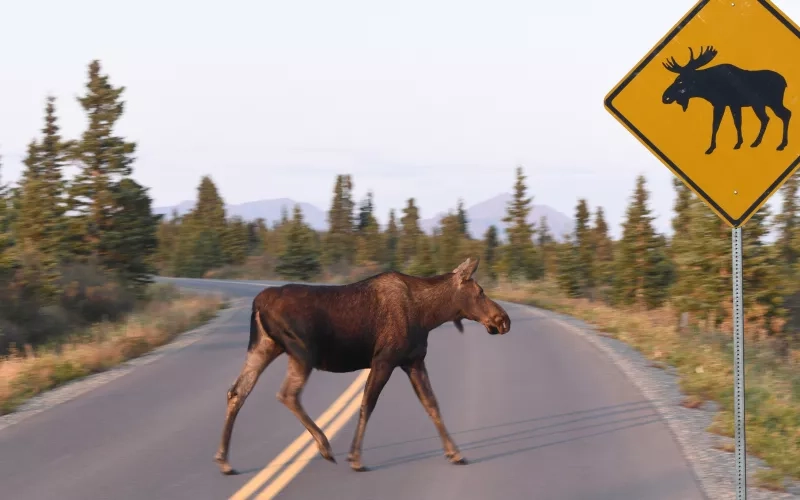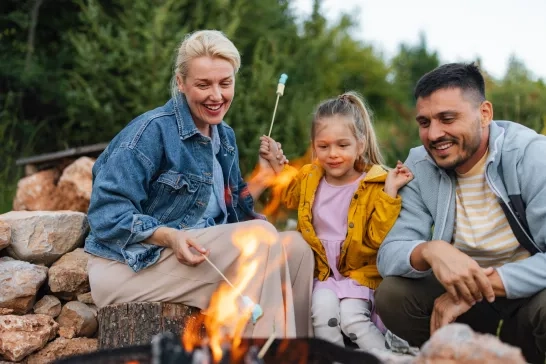
How to avoid wildlife collisions
1 Minute Read
Wildlife collisions are a considerable concern throughout Canada. The results can vary from a personal impact, environmental or even economic. We’re all aware there’s a risk, but are we aware of how big the risk really is? While there is plenty of wildlife to consider, taking up roughly 80% of accidents, deer collision prevention is the most substantial. Averaging out to six large animal-vehicle collisions hourly, the importance of knowing how to avoid wildlife collisions is crucial.
Countless collisions occur every year in Ontario, and hundreds of people are seriously injured in accidents involving large animals. Although mainly occurring on rural, two-lane roads, don't be mistaken as wildlife-vehicle collisions can happen anywhere, anytime. If so, are there still peak times? You bet. What is the most dangerous time for deer collisions? Between 7 pm and midnight, from dusk to dawn. There’s also a seasonal impact in spikes from May to June and October through January.
How to prevent wildlife collisions
Do:
✔ Be alert and mindful of signs
✔ Drive the speed limit.
✔ Slow down at night, using high beams when safe.
✔ Be especially vigilant during peak times and/or seasons
Don't
✘ Swerve. This can cause a larger accident.
✘ Stop and get out of your vehicle.
Ontario Provincial Police spokeswoman, Sergeant Carolle Dionne, told the Globe and Mail: A driver who sees a large animal in their path should first scan the rear-view mirror for traffic. If safe, apply the brakes immediately, steering straight until the chance to slow down and manoeuvre around the animal.
What to do in the case of a wildlife collision:
- Pull over to a safe spot, then turn on your hazards.
- Call 911.
- You may want to help, but don’t; injured wild animals are dangerous.
- When safe, check the vehicle for damage.
- If needed, call a tow truck.
- Report the incident to your insurance company.
- Wildlife collisions must be reported to authorities if there is an injury or if vehicle damage exceeds $2,000.
Are you covered?
A collision with a large animal can cause major vehicle damage. You’re likely covered if you have collision and comprehensive coverage. Collision coverage provides protection for damage caused by an accident, while comprehensive coverage provides protection for non-accident-related claims. Both are optional and have a deductible.
Sharing the roads with Ontario’s wildlife is a big responsibility. Stay alert and drive safe. If you’re not sure if your auto insurance policy includes the right coverage to protect you in the event of a wildlife collision, call CAA Insurance at 1-877-222-1717 for a complimentary policy review.




